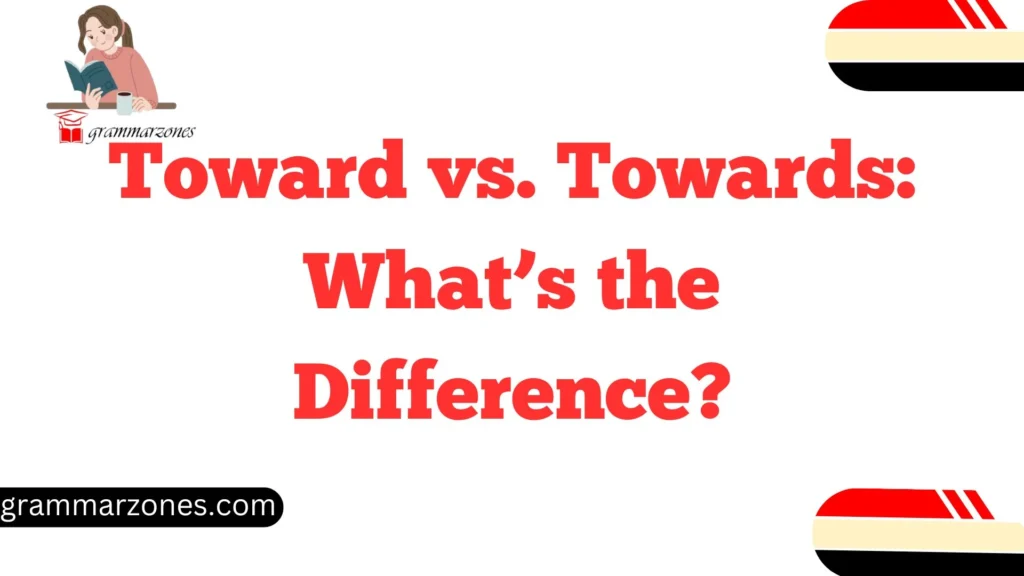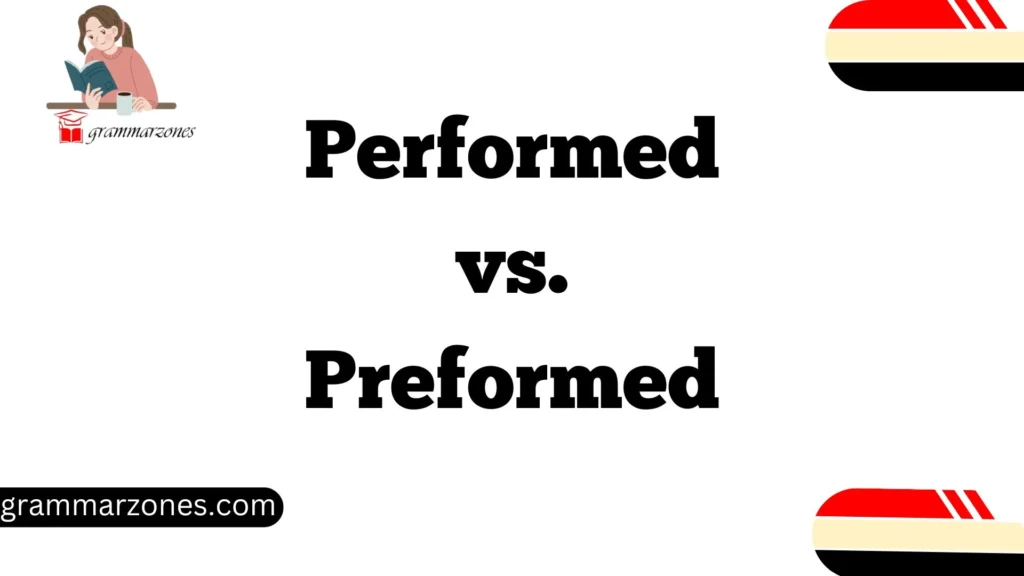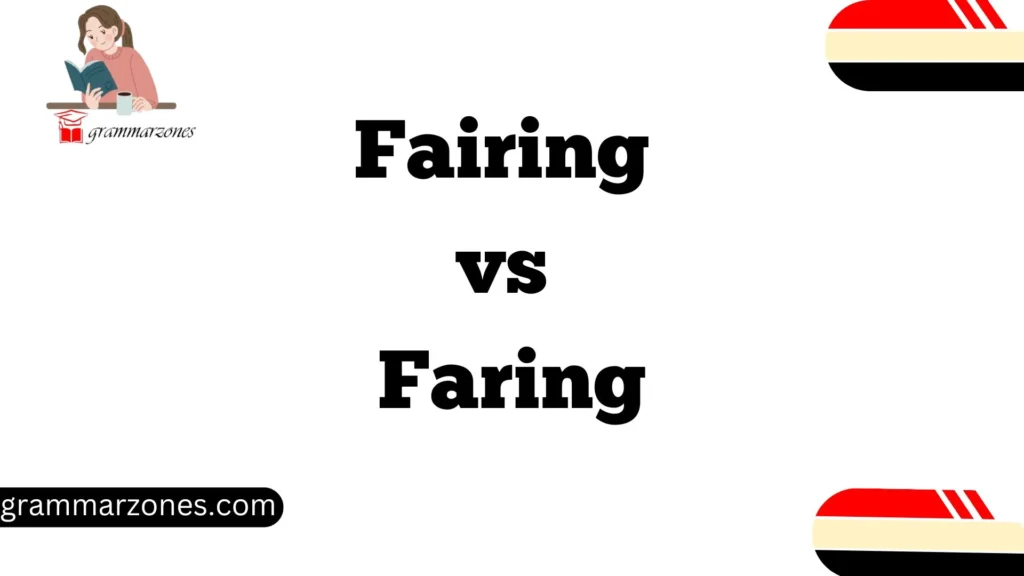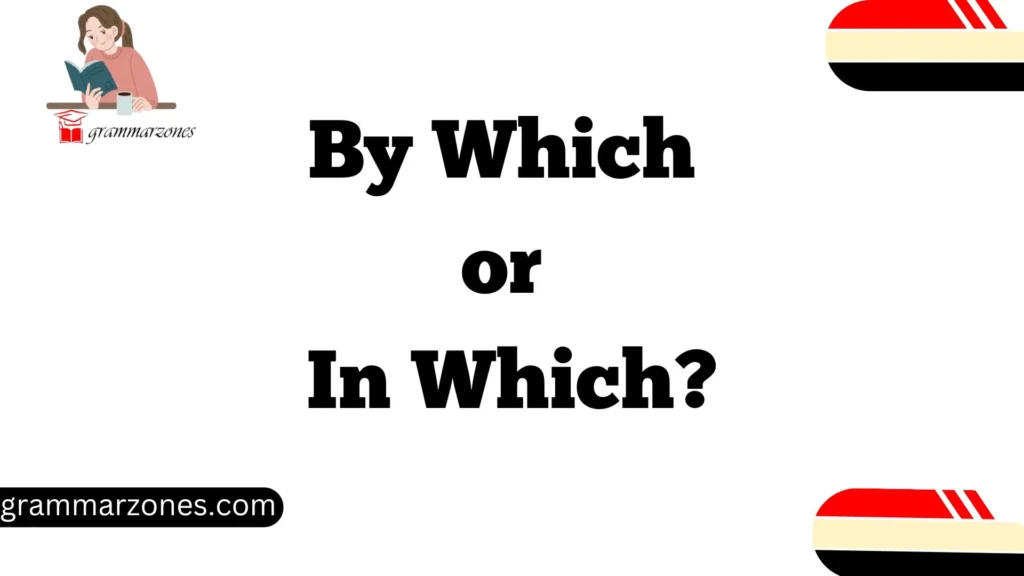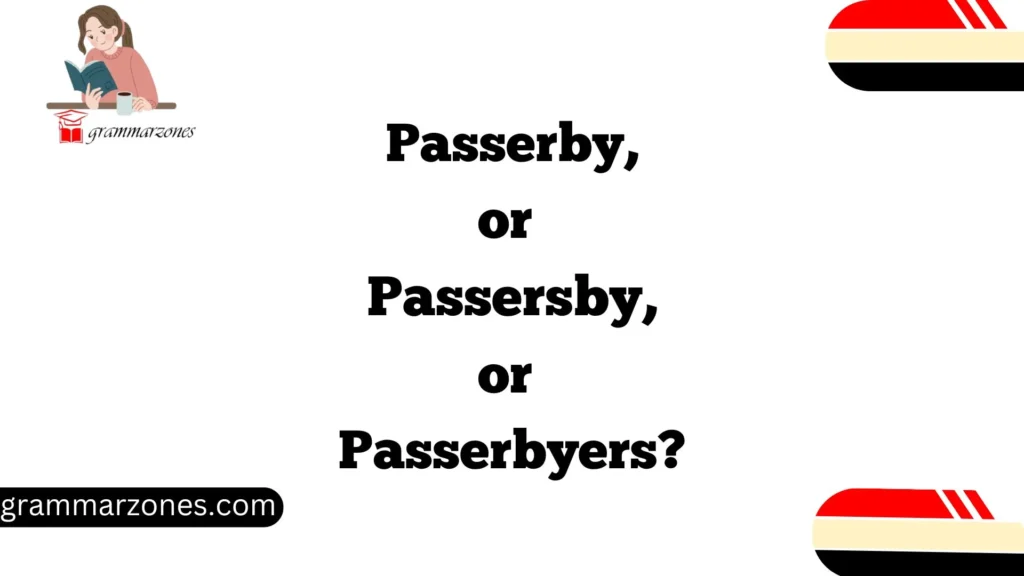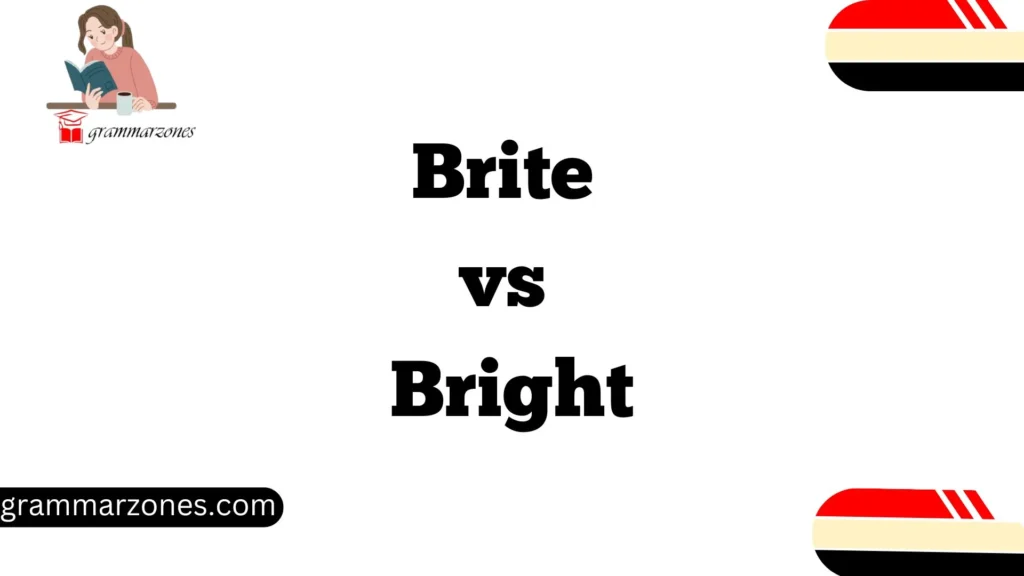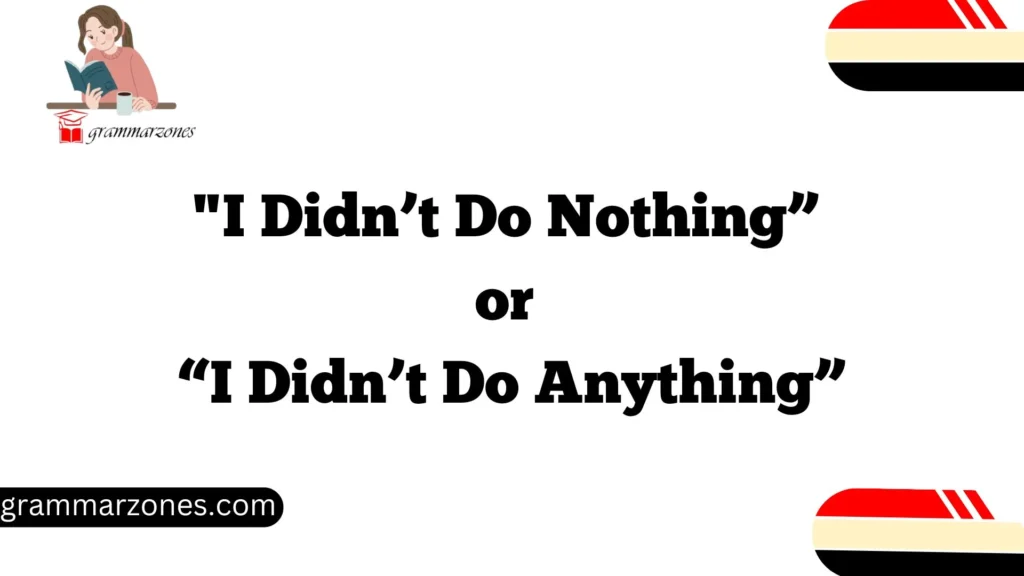Language is a fascinating, ever-evolving tool for communication. One small variation in spelling or pronunciation can spark debates, especially when it comes to English. A perfect example? The age-old question: “What’s the difference between ‘toward’ and ‘towards’?”
If you’ve ever hesitated while typing an email or crafting a sentence because you weren’t sure which one to use, you’re not alone. While both words seem interchangeable, their use depends on regional preferences, historical development, and even the style guide you’re following. This article breaks down the meaning, history, and usage of “toward” and “towards” with real-world examples, visual comparisons, and expert insights to help you make informed writing decisions. Let’s dive in!
The Meaning of Toward and Towards
Let’s start simple. What do “toward” and “towards” mean?
Both words function as prepositions and share the exact same meaning: “in the direction of” or “regarding something.” Here are examples to illustrate:
- “She walked toward the door.”
- “The company is moving towards a greener future.”
No difference in meaning exists. The key distinction lies in spelling preferences and regional usage, which we’ll explore in detail later.
Exploring the Etymology of Toward(s)
Understanding where these words came from helps clarify their evolution.
Old English Origins
The word “toward” originates from the Old English term toweard, which combined “to” (direction) and “weard” (forward-facing or approaching). Back then, it was spelled without the “s.”
Middle English Influence
During the Middle English period, dialectal variations flourished, leading to the addition of the “s” in some regions. This is where “toward” and “towards” began their parallel paths.
| Time Period | Word Form | Region |
| Old English (pre-1100) | toweard | Universally used |
| Middle English (1100-1500) | toward/towards | Regional variations begin |
Fun Fact: By the 1500s, both forms were widely accepted, and the choice depended largely on individual preference.
Regional Preferences in English Usage
Here’s where things get interesting. Whether you use “toward” or “towards” often depends on where you live.
American English vs. British English
- American English: “Toward” dominates. Major style guides like the AP Stylebook and Chicago Manual of Style prefer it.
- British English: “Towards” is the standard choice, aligning with traditional spellings.
Other English Variants
Countries like Canada, Australia, and India don’t have strict rules but generally lean toward British English norms.
| Region | Preferred Form | Example Sentence |
| United States | Toward | “He is heading toward success.” |
| United Kingdom | Towards | “They are walking towards the river.” |
| Canada | Towards (mostly) | “The movement towards unity is growing.” |
Why the Split?
This difference stems from linguistic evolution and geographical isolation, where American English simplified many forms, while British English retained traditional spellings.
Stance of Style Guides on Toward vs. Towards
If you’re a writer, you might rely on style guides to keep your work polished. Here’s how major references approach the debate:
American Style Guides
- The Chicago Manual of Style: Recommends “toward” for consistency.
- AP Stylebook: Favors “toward” in journalistic writing.
- Merriam-Webster Dictionary: Lists “toward” as the primary form but acknowledges “towards” as valid.
British Style Guides
- Oxford Style Manual: Prefers “towards.”
- Cambridge Dictionary: Aligns with British English conventions.
| Style Guide | Preference |
| AP Stylebook | Toward |
| Oxford Style Manual | Towards |
| Merriam-Webster Dictionary | Toward (primary) |
Grammatical Role and Practical Usage
Grammatical Function
Both words are used as prepositions, typically indicating direction, intention, or relation.
Examples:
- “The car sped toward the horizon.”
- “His attitude shifted towards a more positive outlook.”
Modern Usage Trends
In speech and informal writing, people often default to regional norms. However, in academic or professional contexts, adhering to the style guide’s preference is key.
Toward and Towards in Modern Literature and Speech
Both forms appear across literature and everyday conversations, often reflecting the author’s background.
In Literature
- American Authors: Mark Twain’s works lean heavily on “toward.”
- British Authors: Charles Dickens frequently used “towards.”
In Speech
Informally, people use both forms interchangeably, often without realizing it.
Case Study:
A 2021 analysis of Google Books data showed that “toward” is twice as common in American texts, while “towards” dominates British publications.
Is There a Correct Choice Between Toward and Towards?
No, there’s no definitive “correct” choice. Both forms are grammatically accurate. What matters most is consistency.
When to Choose Which:
- Writing for an American Audience: Stick to “toward.”
- Catering to British Readers: Use “towards.”
- Following a Style Guide: Check specific guidelines to avoid mistakes.
Conclusion: Embracing Variations in the English Language
The beauty of English lies in its flexibility and diversity. The “toward vs. towards” debate highlights how language evolves while retaining its charm.
Key Takeaways:
- Both words mean the same thing.
- Choose based on audience, region, or style guide preferences.
- Consistency is crucial for polished writing.
Embrace these variations as part of the richness of English, and you’ll never have to overthink this tiny difference again!
FAQs
1. Are “toward” and “towards” interchangeable?
Yes, they are interchangeable in meaning. The difference lies in regional usage.
2. Which is correct: toward or towards?
Both are correct. Use “toward” for American English and “towards” for British English.
3. Do style guides have a preference?
Yes, American style guides favor “toward,” while British style guides prefer “towards.”
4. Does using one over the other impact grammar?
No, using “toward” or “towards” doesn’t change the grammatical accuracy of your sentence.
5. Why does British English prefer “towards”?
This preference stems from historical spelling conventions that British English has preserved.
6. Can I mix both in my writing?
It’s best to pick one form and stay consistent to maintain professionalism.
7. How do I remember which to use?
If you’re in the US, think of “simplified spelling” and go with “toward.” For British English, add the “s.”
This article combines clarity, detail, and usability, ensuring readers leave with a comprehensive understanding of “toward” and “towards.”

“Emma Rose is a dedicated language enthusiast who loves to explore the beauty of English grammar and writing. Through GrammarZones.com, Emma shares her expertise and passion for language, offering helpful resources and engaging lessons for learners at all stages.
